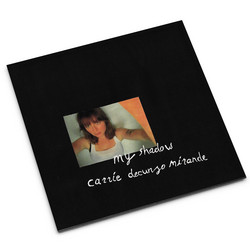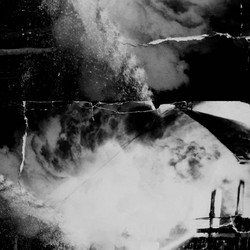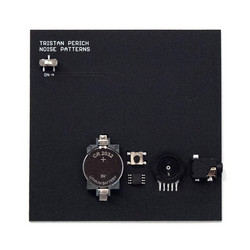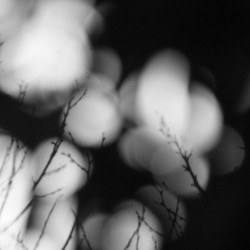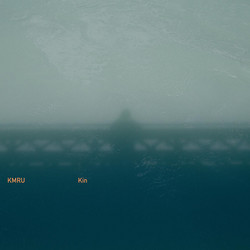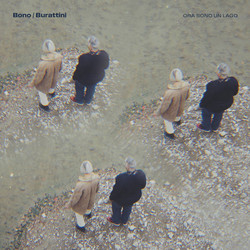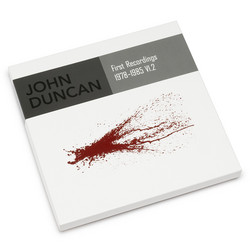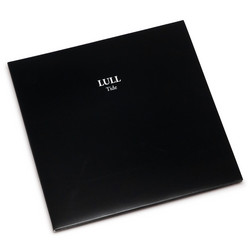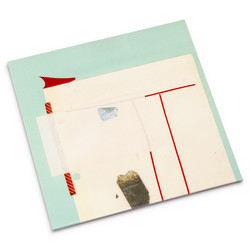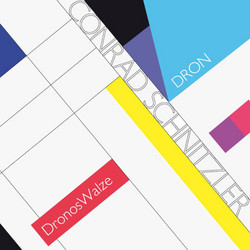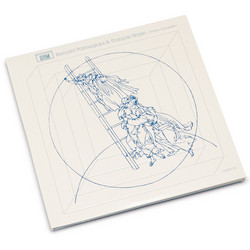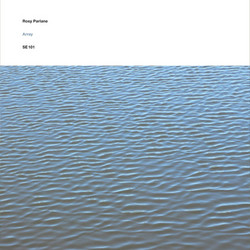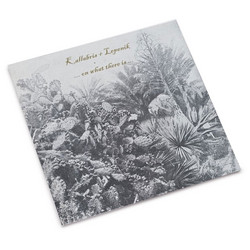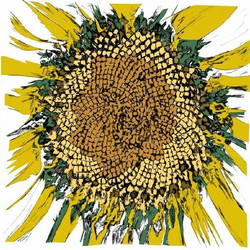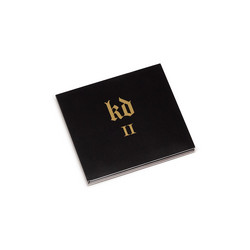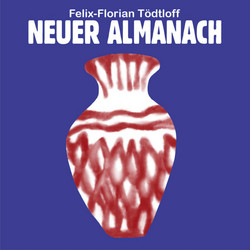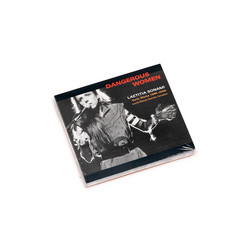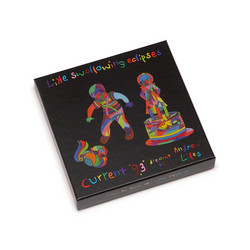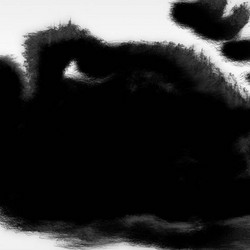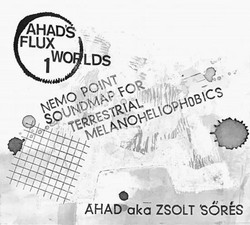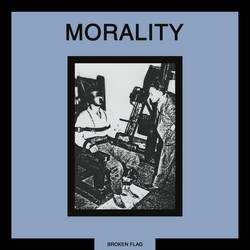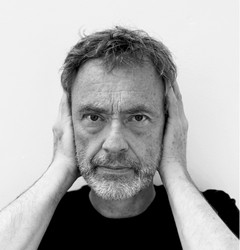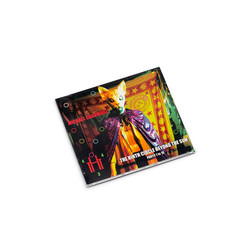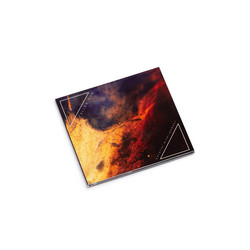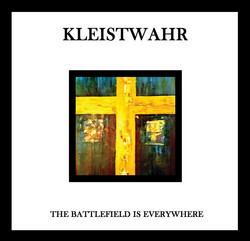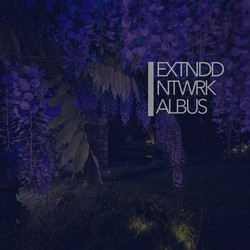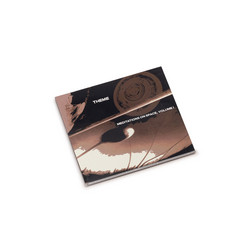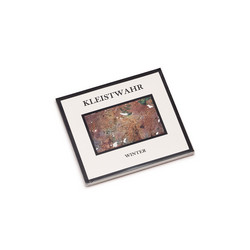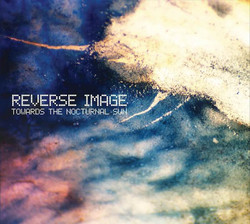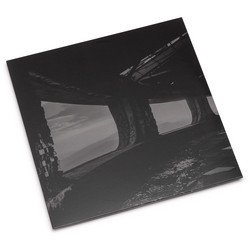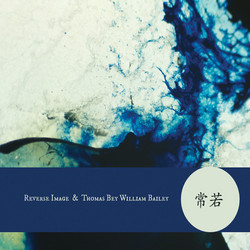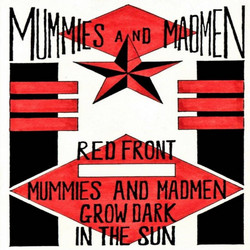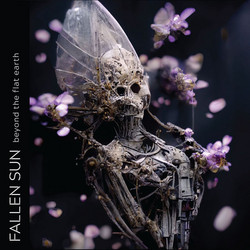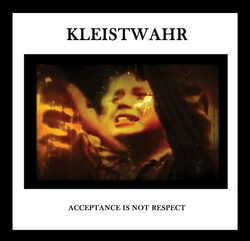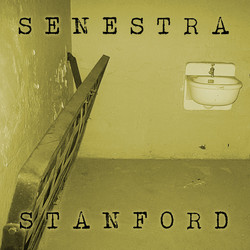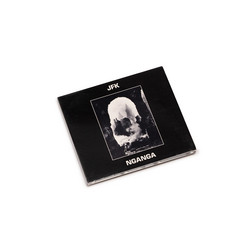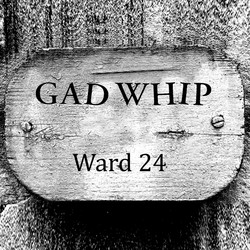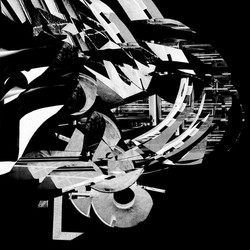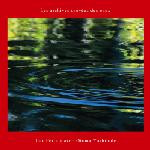"In listening to Astro-Noetic Chiasm χ by Zsolt Sőrés, one quickly has the impression that the sounds being heard are coming from an anomalous nowhere. As if they were not generated here but received from there. They simply sound otherworldly. So, what is their actual address in space and time, as well as the sender’s or the receiver’s? How are we to identify them?
We could of course try to single out the sonic settings and processes we hear according to the technology that produced them (unconventionally played musical instruments and diverse electronic sources), but this strategy would be counterproductive in terms of poetics. Sőrés is not a technocrat and the titles he gives to his pieces reference philosophical concerns that are represented both conceptually and sonically. In his dystopic sonic fiction he is a time traveler, but not the one we know from science fiction; rather than going against time to generate an extraterrestrial experience, he composes present, past, and future the way we compose our percepts, affects, desires, or utopias.
Once the sound he or his sonic collaborators create starts to evolve in space-time, the battle to control its identity begins. This does not necessarily mean mastering a sound in terms of appropriation, but grasping it conceptually, purposefully registering its existence in order to use its physicality as a potential means of expression. Naturally, not all generated sounds are worthy of Sőrésʼs aesthetic attention or utilization, only those that his experience identifies as suitable vehicles for significant differentiation. This happens in real-time, composed improvisation, scored for five musicians; on this recording are trumpet player (Franz Hautzinger), two cellists (Anthea Caddy, Judith Hamann), sound effects producer (Mihály Kádár), and Sőrés himself playing viola with the help of various objects and devices.
And so, welcome to Ahadʼs sonic garden and lend your ear to the flux sound manifestations of “astro-noetic chiasms” that are woven successively and synchronically into a pliable decentralized patchwork, visually represented by the hermetic symbol χ in the pentagonal “middle” of the non-hierarchical score. Sőrés as composer does not approach his work in a centralizing way, he designs flexible structures so that musicians can playfully recombine and deconstruct the entire central structure and linear order. Ahadʼs creative philosophy simply refuses to think in terms of a restrictive and pointless metaphysics." - Jozef Cseres

